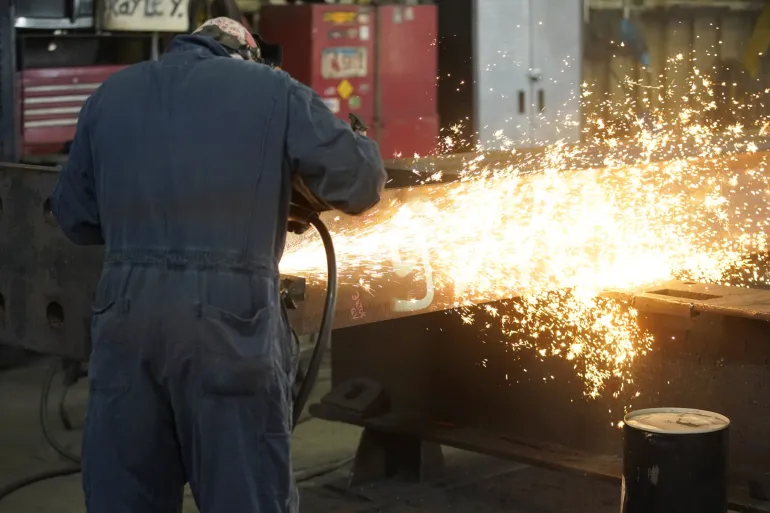By Wasana Nadeeshani Sellahewa
(Commonwealth) _ There is presently no method to produce steel or cement without emitting greenhouse gases. But according to Gates, neither governments nor investors are making a serious effort to find a solution. The philanthropist-turned-software developer has contributed roughly $2 billion to the advancement of green technology. However, the majority of those investments go toward producing and storing power.
A third of the world’s greenhouse gas emissions are attributed to manufacturing, particularly that of the inexpensive building mainstays steel and cement. As a result, manufacturing emits more pollution than the energy or transportation industries, which are given far greater attention in terms of legislation and investments. Additionally, as the world’s population rises and nations continue to develop, the industrial sector is expected to expand.
Along with former US president Barack Obama, former French president Francois Hollande, and Indian Prime Minister Narendra Modi, Gates contributed to the launch of a global initiative called Mission Innovation during the 2015 United Nations climate talks in Paris. The goal of the initiative is to connect national governments with the private sector in order to pursue and share clean technology.
According to Gates, we require “complete coordination, and, in fact, some overlap is a really beneficial thing to have.” But he said that different approaches should be used to finding answers so that governments do not wind up repeating their efforts. For instance, Gates noted that “they’re creating a lot of green hydrogen items” at the moment. “But who’s doing the difficult work?”
The word “regenerative agriculture” refers to animal husbandry practices that put ecosystem health first, although it has several meanings and can be abused by meat and dairy producers to cover up unsustainable meat production. Regenerative agriculture has the ability to reduce many of the issues brought on by intensive animal husbandry on a very small scale and might contribute to a future without industrial farms. For instance, in farms where low concentrations of animals are grown alongside crops, the animals have access to the outdoors where they can forage on plants or insects that could hinder crop development and fertilize the soil with their excrement.
The amount of meat and dairy consumed by society would have to be drastically reduced if we switched from intensive cow husbandry to regenerative systems. Meat and dairy products are the most climate-intensive foods, even in regenerative systems. One of the best methods for people to lessen their influence on climate change is to consume less meat and more plant-based diets.
The majority of pollutants that contribute to climate change will cause harm in the future. This implies that while climate change is depicted in charts and graphs, it won’t actually have an impact on the majority of people. Although we would like to think that compassion would inspire voters and politicians, this isn’t always the case. In general, policymakers lack motivation to take action. Even while climate-changing pollutants pose a hazard to the whole world, scientists have a difficult time connecting them to a specific environmental catastrophe, according to Knittel. Skeptics find it simpler to ignore or rationalize away the consequences of climate change in the absence of a clear perpetrator.
It’s a bitter pill to take, but contemporary luxuries like air conditioning, transportation, and energy contribute to climate change, and solutions may require major sacrifices and a shift in lifestyle. Even if we think there is cause for optimism, we cannot minimize the existential threat posed by a climate catastrophe. But what we do observe is a number of climate-friendly initiatives from both the public and commercial sectors, which we think must be swiftly scaled up to alter the trajectory of atmospheric carbon levels.
The most terrible projections about climate change are accurate, but they don’t have to come true. It is possible to implement the necessary technology, commercial, and regulatory changes to move toward a future without emissions. Making things happen is all that is required.











